15 Fun & Amazing Facts About Guinea Pigs
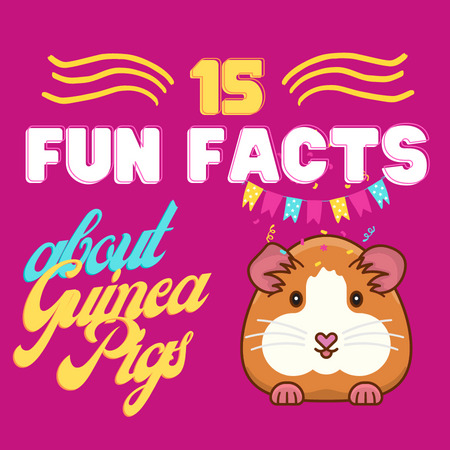
Guinea pigs are one of the most popular pet rodents in the world today. So, we would like to share some of the most interesting facts about guinea pigs that we’ve found. We cover everything from how many toes they have to how they used to be worshiped by the ancient people of the Andes mountain region in South America!

1. Guinea pigs were first domesticated in 5,000 BCE
The modern-day guinea pig is believed to have descended from the wild guinea pigs found in the Andes mountain region of South America. It is believed that they were domesticated by the people of South America around 5,000 BCE. When trade with Europe became more common, guinea pigs became a popular exotic pet for Europeans.
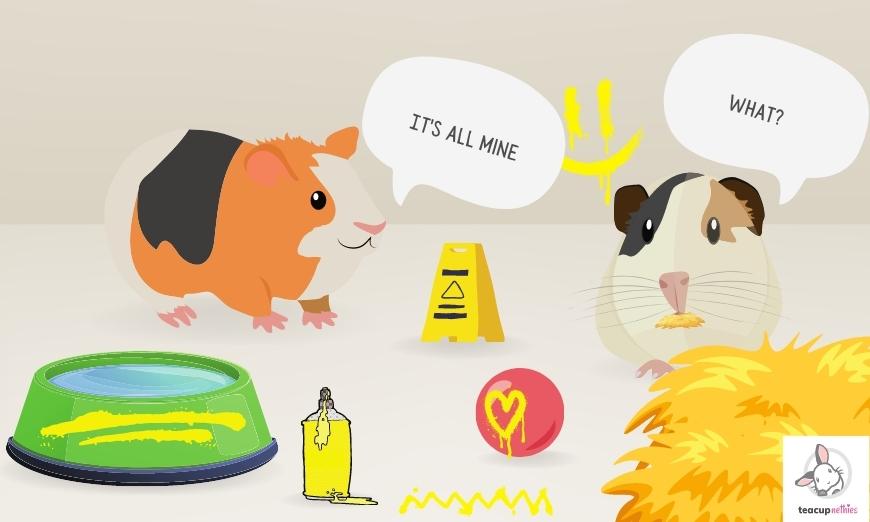
2. Guinea pigs mark their scent
Guinea pigs have a unique way of communicating with each other. Or, more accurately, a way of letting each other know what belongs to them! Guinea pigs, male and female alike, have scent glands, sometimes called grease glands. This gland is usually located on the guinea pig’s rear end, where a tail would be if it had one.
Piggies will often scoot their bum across the bottom of the floor to spread this grease and its scent onto the things it wants to claim as their own. Another way they try to mark their territory is by rubbing their chin on the objects they want to claim as their own. This could include toys, beds, and parts of the cage itself.

3. They love to popcorn!
No, not popcorn to eat! Guinea pigs, especially young and playful guinea pigs, seem to think they are little acrobats and love to jump up into the air, twist, jerk, and their move body in all sorts of directions, and often give a little excited squeal at the same time. It’s sort of like how a dog gets the zoomies! Except instead of sprinting, guinea pigs jump up in the air!

4. Guinea pigs have a total of fourteen toes
Guinea pigs have four toes on each of their front feet and three toes on each of their back feet, for a grand total of fourteen toes! Having so many toes is great for digging and burrowing in their natural environments. However, all these toes can mean that guinea pigs are not very agile and are rather clumsy.
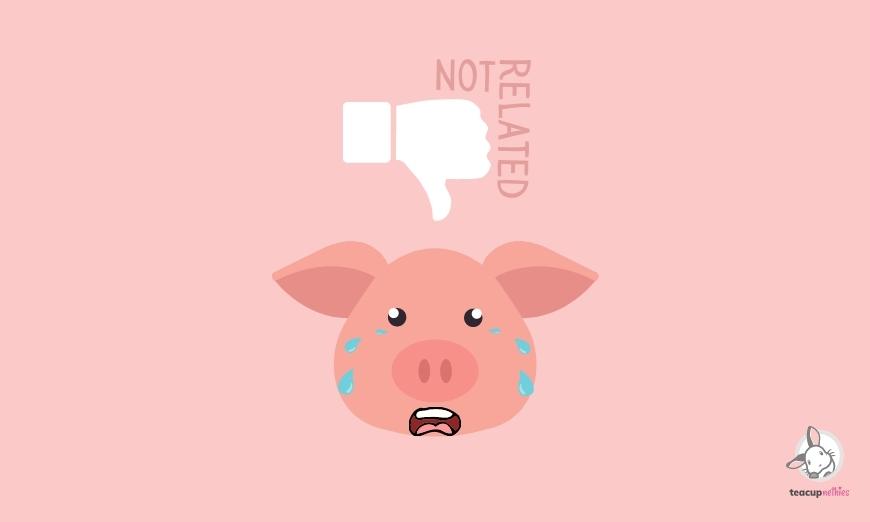
5. They are NOT related to pigs
You may be a little shocked by our fifth fascinating fact about guinea pigs. Despite their name and the pig-like squeal they sometimes do, guinea pigs are not at all related to pigs! Instead, guinea pigs are actually rodents. This may seem confusing considering their scientific name, cavia porcellus, translates to little pig!
One theory for how they got their name suggests that it is because of their similar but smaller body shape to pigs and because of their little squeals that almost sound like a pig.

6. Guinea pigs aren’t fully grown until they are about 18 months old
This fact may seem rather surprising, considering that guinea pigs are born with their eyes open and ready to walk and run. Even though they may look like they are full grown when they are only 8 to 12 months old, their bones actually continue to grow and increase in thickness well after their first birthday. This is why it is so important to be careful with guinea pigs, as they are more prone to breaking their legs while they are still developing.

7. Guinea pigs have more bones than humans
Adult humans have 206 bones in their bodies, but adult guinea pigs have a whopping 258 bones! Their front legs have 43 bones each, while their back legs have 36 bones each. That’s a lot of bones for such a little creature!
In fact, the bones in a guinea pig’s legs make up over 50% of the bones in its entire body. With so many leg-based bones, it is easy for piggies to break a leg if they fall. Ensure their enclosure helps them keep all four paws securely on a surface. Additionally, when carrying your cavy, be sure to hold them carefully and securely.
Quick tip: Try a cuddle sack, as it allows you to carry them safely where ever you go!
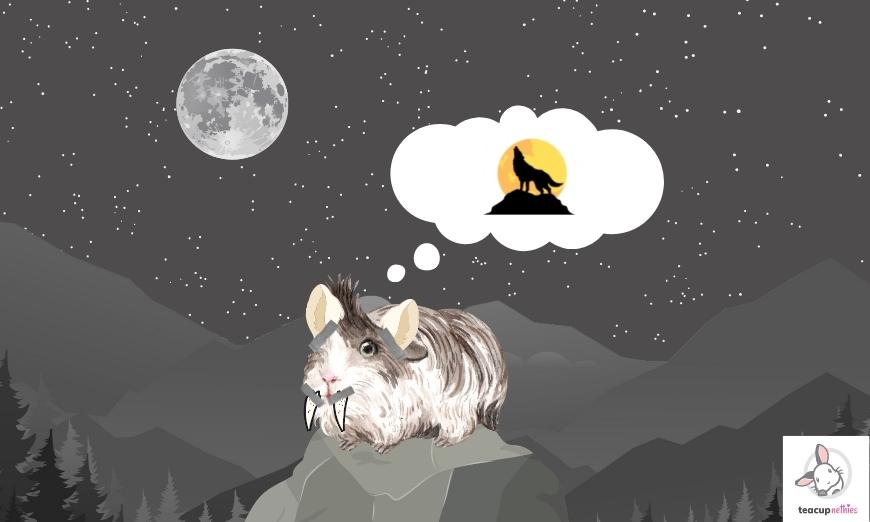
8. Guinea pigs don’t sleep very much
Guinea pigs typically sleep for only about four hours total per every twenty-four hours. As prey animals, they have a tendency to want to stay alert and prepared, so they rarely enter into a deep sleep. Instead, they’ll nap throughout the day for anywhere from thirty seconds to five minutes.

9. Guinea Pigs produce a white liquid from their eyes that they use to clean themselves
While this white liquid may surprise you the first time you notice it, it is quite normal in most cases! Guinea pigs don’t often blink and rarely sleep with their eyes closed, so their eyes don’t get lubricated like ours. This white milky substance on their eyes is just their way of lubricating their eyes. It serves a double purpose as well! Once enough of the liquid has built up, the guinea pig will take its front paws and wipe its eyes and face in a washing motion to keep its face nice and clean!
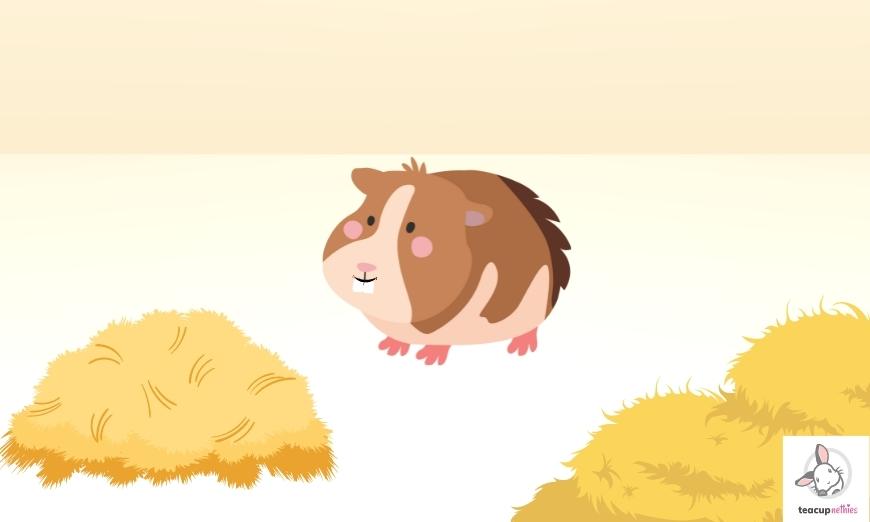
10. Guinea pig’s teeth never stop growing
Guinea pigs have twenty open-rooted teeth, meaning they are constantly growing. That’s why guinea pigs need to eat hay all the time! It helps keep their teeth from growing too long. Many owners like to give their piggies twigs and chew toys in addition to fresh hay to help wear down teeth.

11. Baby guinea pigs, or pups, are born well-developed
Guinea pig pups are born with their eyes open and their bodies already full of fur! In fact, they can walk and run and even drink and eat hay at just a few hours old.
Guinea pigs are considered to be a Precocial species, meaning that their young are born in an advanced state. Since they are prey for many other animals, being a Precocial species gives them a better chance at life, since they are often at risk. Being so independent so shortly after birth offers an enormous advantage to these pups, ensuring they aren’t entirely dependent on their mother.
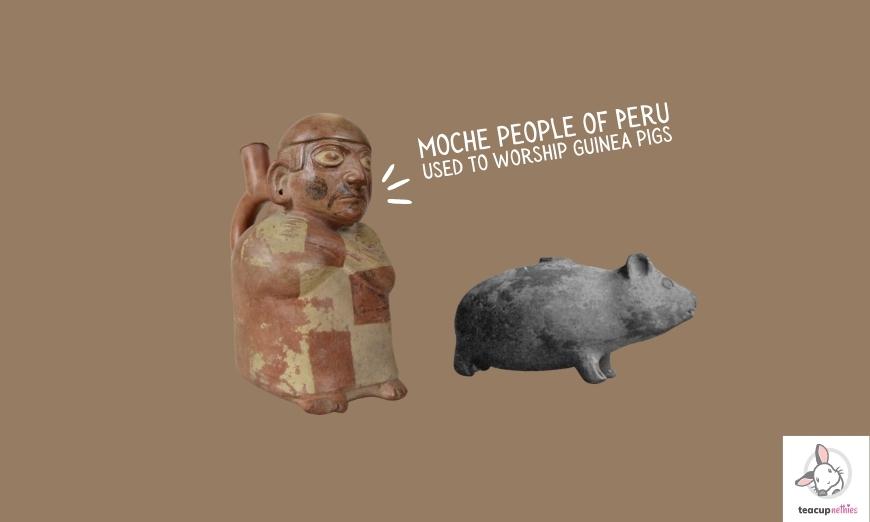
Source image for guinea pig artefact: https://commons.wikimedia.org
12. The Moche people of Peru used to worship guinea pigs
The civilisation of the Moche people existed from 100 CE to around 800 CE and are believed to have actually worshiped guinea pigs. Images and depictions of guinea pigs are often found in their artwork and statues.
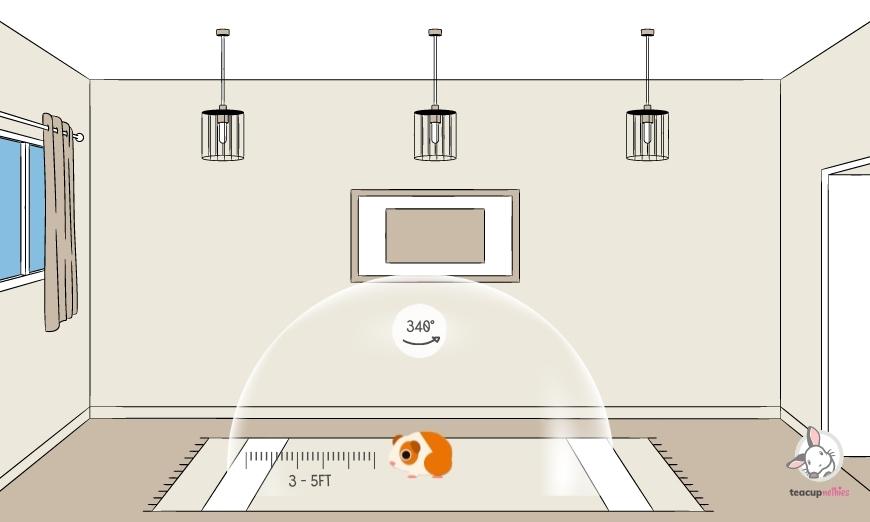
13. Guinea pigs have both good and bad eyesight
This may seem confusing, but guinea pigs have poor eyesight in some ways and good eyesight in others! For example, guinea pigs can see 33 images per second, while, by comparison, humans can only see 22. Thanks to the position of their eyes, guinea pigs can see at a 340-degree range. This means they can see in front of them, above them, and to the side of them, all without moving their head! That being said, guinea pigs have poor depth perception and can’t see over 3 to 5 feet ahead of them, and they can’t make out fine details.
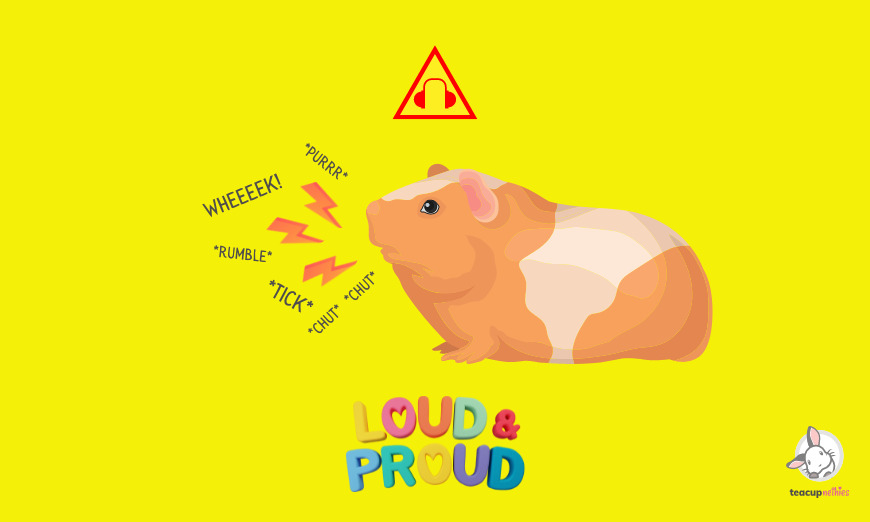
14. Guinea Pigs can be LOUD
If you value your sleep, it may be best not to share a room with a guinea pig, as they can get very loud! However, most people find it to be one of their most endearing qualities.
You can easily tell a guinea pig’s mood by listening to the sounds it makes. Purring and cooing or bubbling occurs when the guinea pig feels safe, content, and happy. If you are taking too long with its dinner, you might hear some shrieking, or whistling, sometimes called wheeking, one of the sounds most commonly associated with guinea pigs. And, of course, a mad guinea pig might make hissing sounds or chatter its teeth together to let you know it is very upset about something.
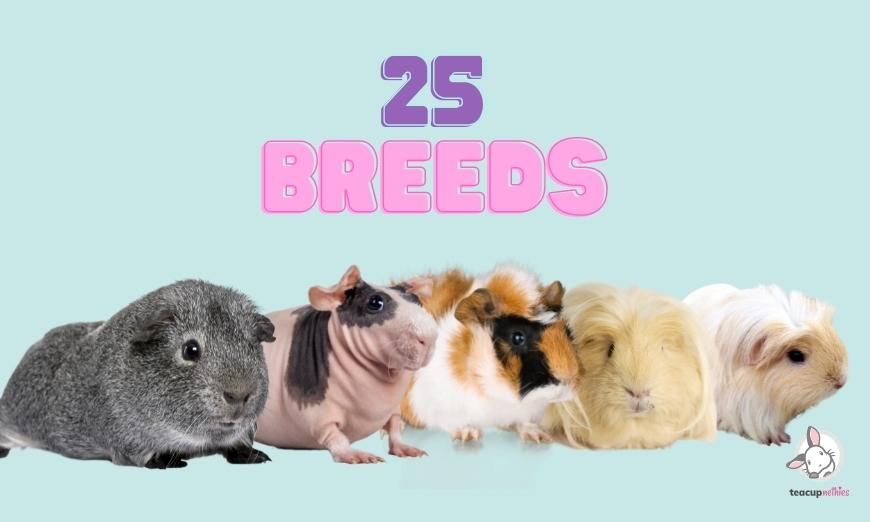
15. There are as many as 25 different breeds of guinea pigs
Most countries accept that there are between 11 and 13 different breeds of guinea pigs, but there is an increasing number of breeds that are easily recognised but not officially recognised. Guinea pigs come in all sorts of colours and different coat textures. Most people recognise the short-haired guinea pigs, but there are also breeds like the Abyssinian guinea pig, which is short-haired but can have as many as 8-10 rosettes, or cowlicks, sections of hair that stick straight up. Similarly, there’s the Sheba which originated in Australia. Similar to the Abyssinian in that they have cowlicks, but they have much longer fur! There are also guinea pigs with curly hair and guinea pigs with no hair at all!
Did any of these interesting facts about Guinea Pigs surprise you?
After reading through these, maybe you’ll see why these sociable, lively, and loving creatures make lovely pets for many people all over the world. Though they can be quite messy (they poop up to 100 times a day!) and require a fair amount of care, many people would agree that guinea pigs are one of the best pets out there for anyone who is dedicated to their care and well-being.
